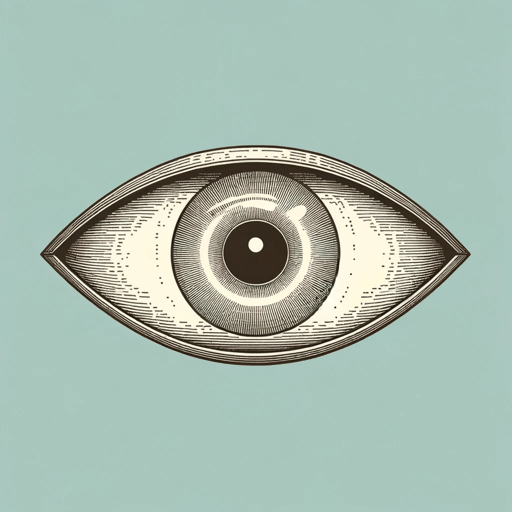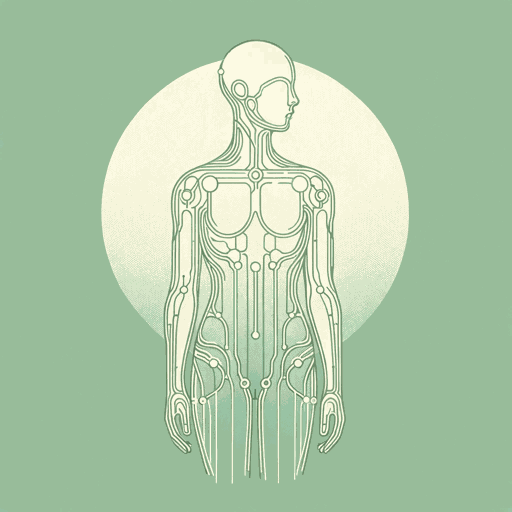54 pages • 1 hour read
William GibsonNeuromancer
Fiction | Novel | Adult | Published in 1984A modern alternative to SparkNotes and CliffsNotes, SuperSummary offers high-quality Study Guides with detailed chapter summaries and analysis of major themes, characters, and more.
Background
Genre Context: Inventing Cyberpunk
William Gibson often gets credit for inventing the cyberpunk subgenre of science fiction. This subgenre seeks to tell a gritty story from the point of view of people who don’t fit into the mainstream. It often focuses on antiheroes operating outside the law who have well-justified suspicions of authority and the power of corporations. As a result, the future imagined in cyberpunk is often dystopian, and the question becomes how the protagonists can preserve their humanity in such a society. Often their quests parallel the experiences of marginalized people in 20th- or 21st-century society. Instead of shining cities of futuristic materials, cyberpunk cities are worn-out and illuminated by the harsh, artificial glare of neon lights. In these settings, technology can serve both as a tool for augmenting humanity and for dehumanizing individuals, raising questions about Personhood and Embodiment and The Artificial Nature of Modern Reality. Case, for example, has his brain tampered with by a corporation that used him for illegal spying. Molly was sexually used by men as an unconscious meat puppet and then programmed to kill for their pleasure.
Gibson doesn’t offer simple solutions to or blanket condemnations of the future he imagines.
Related Titles
By William Gibson





